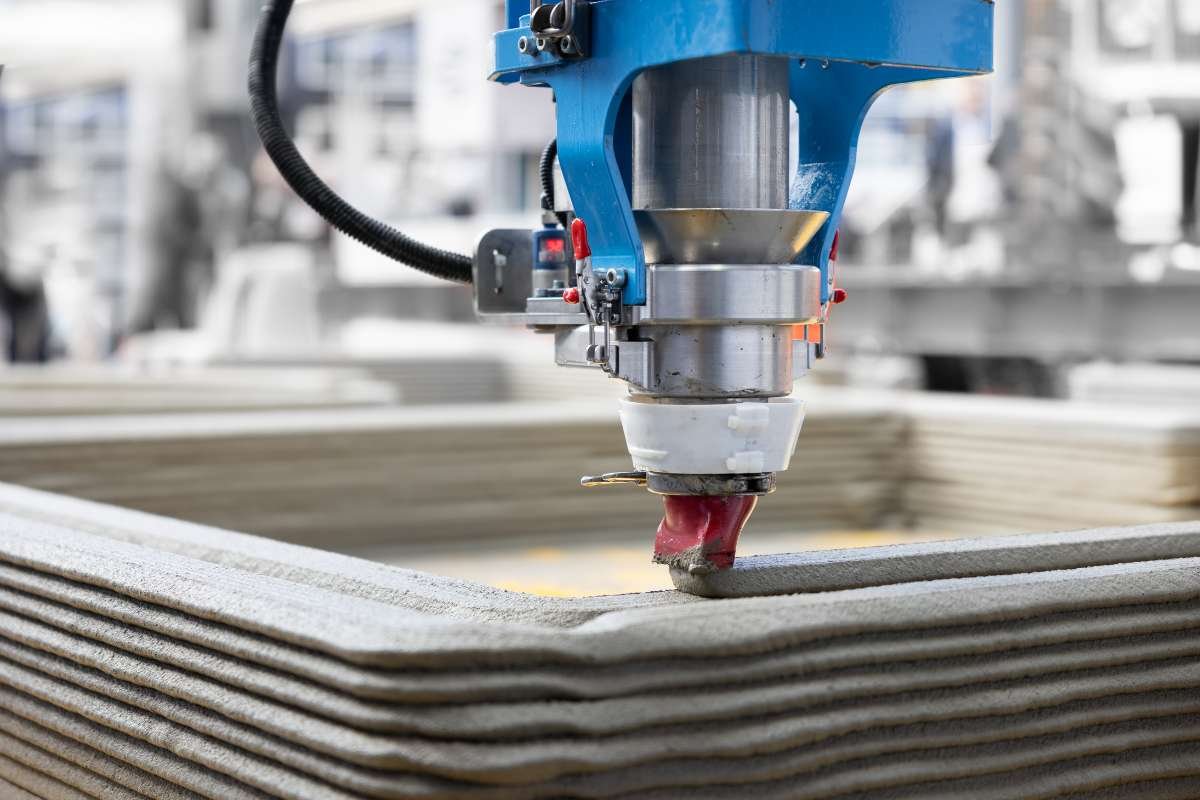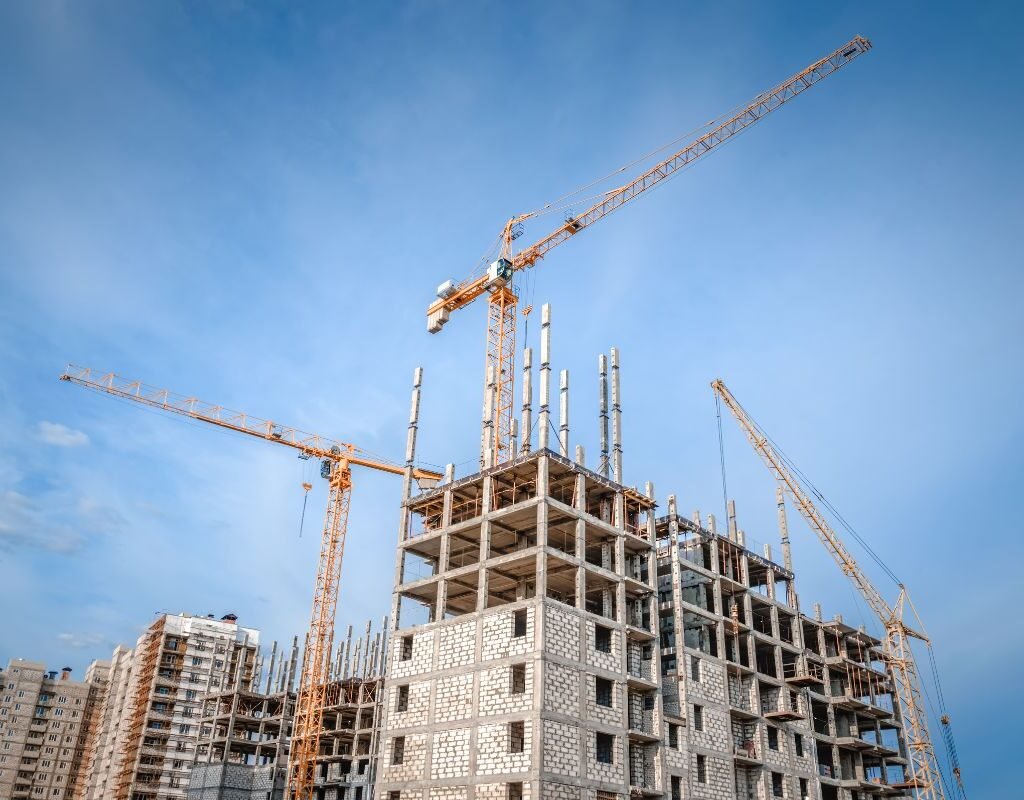The construction industry is experiencing a massive upheaval as 3D printing technologies become more advanced. What was once imagined only in the future is becoming a realistic delivery mechanism for building. Ranging from eco-friendly housing to large-scale civil engineering, 3D construction printing companies are innovating at an amazing speed. These innovators are not just taking cost and time out of construction; they are also helping us re-imagine how we view architecture, urban planning, and the overall impact on the planet.
What is 3D Construction Printing?
3D construction printing, often referred to as additive manufacturing for buildings, involves using specialized printers that layer materials such as concrete, polymers, or composites to create walls, structures, and even entire houses. Unlike conventional construction, which relies on labor-intensive processes, 3D printing automates much of the work. This results in faster build times, reduced waste, and enhanced design flexibility.
The technology has gained momentum over the last decade, fueled by the need for affordable housing, disaster relief solutions, and eco-friendly construction methods. In 2025, it is no longer a niche experiment but an emerging industry that is rapidly scaling worldwide.
Why 3D Printing in Construction is Game-Changing?
The benefits of 3D printing in construction are undeniable. Here are a few reasons why governments, developers, and investors are paying attention:
- Speed and Efficiency: Structures that once took months can now be printed in days. This has tremendous implications for emergency housing in disaster-hit regions.
- Cost Reduction: By minimizing labor and material waste, overall construction expenses can be reduced by 30–50%.
- Sustainability: The technology supports eco-friendly materials and cuts down on waste, aligning with global climate goals.
- Design Innovation: Architects are no longer limited to straight walls and rigid structures—complex, organic, and futuristic designs can be printed with ease.
- Scalability: From small houses to multi-story buildings, the technology can be adapted for different scales and purposes.
Leading 3D Construction Printing Companies Worldwide
Several companies are spearheading this revolution, each bringing unique capabilities to the market. Let’s explore some of the leaders shaping the future:
1. ICON (USA)
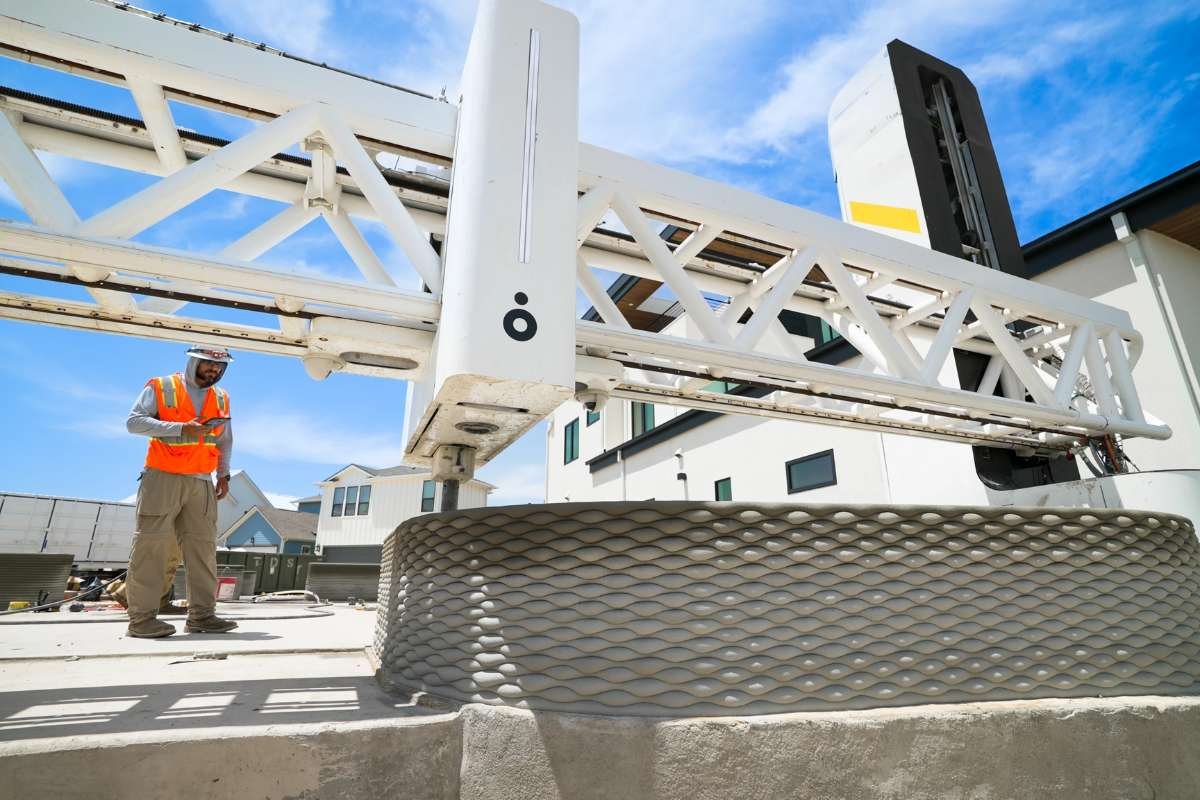
Based in Austin, Texas, ICON has become a household name in the 3D-printed construction space. The company gained attention for building affordable housing communities and partnering with NASA to develop lunar habitats. Their proprietary Vulcan printer can create homes in less than 24 hours, showcasing the scalability of this technology.
2. COBOD International (Denmark)
COBOD is a global leader supplying large-scale 3D construction printers to clients around the world. Their BOD2 printer has been used to create Europe’s first 3D-printed building and several commercial projects. With a modular design, COBOD’s printers can be customized for projects of varying sizes.
3. Winsun (China)
One of the earliest innovators in the field, Winsun, made headlines for printing 10 houses in a single day. The company has also constructed multi-story apartment buildings using 3D printing. With a strong focus on sustainability, Winsun recycles construction waste into printing materials.
4. Apis Cor (USA/Russia)
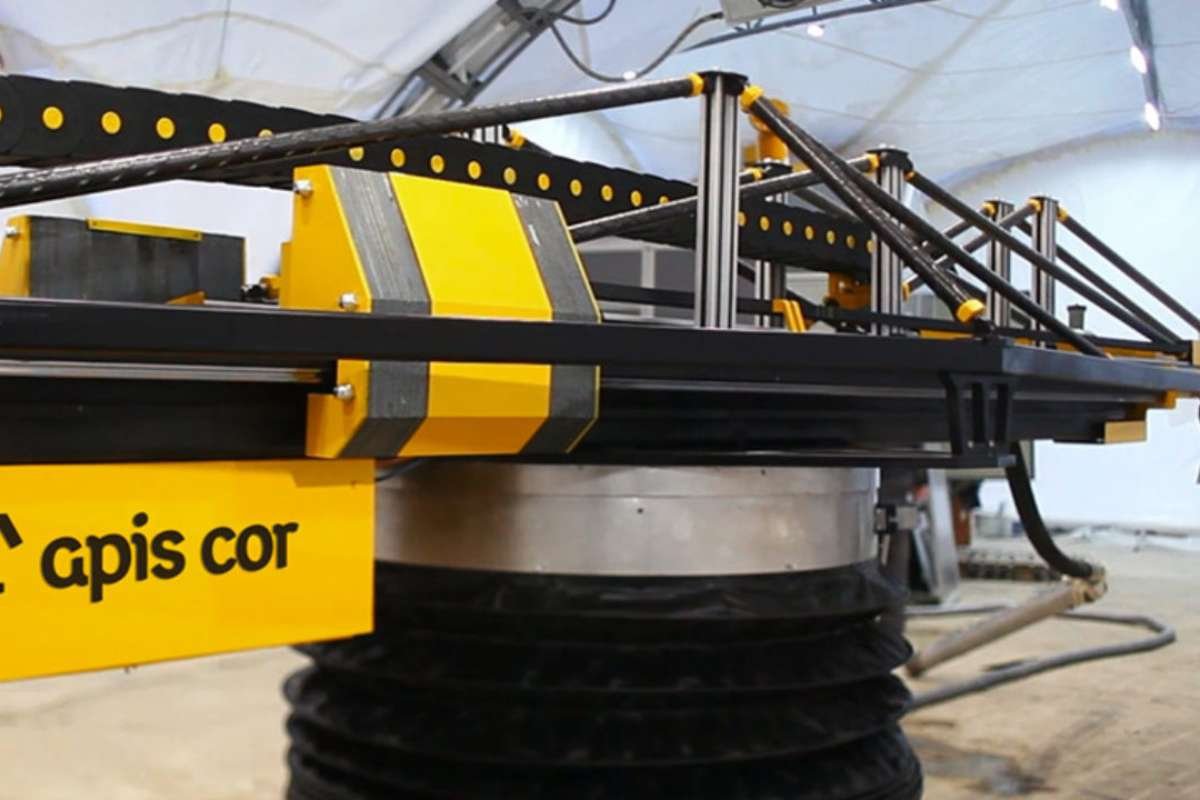
Apis Cor is known for printing a full house on-site in less than 24 hours. Unlike many competitors that print components off-site, Apis Cor’s mobile printers can operate directly on construction sites, making them highly adaptable for remote or emergency housing needs.
5. Mighty Buildings (USA)
Mighty Buildings focuses on sustainable housing by combining 3D printing with prefabrication. Their innovative use of composite materials and commitment to net-zero housing make them a strong contender in the eco-conscious building sector.
These 3D construction printing companies are not only delivering technological breakthroughs but also redefining the economics of the construction industry.
Applications of 3D Construction Printing
The versatility of 3D construction printing goes beyond residential housing. Its applications include:
- Affordable Housing: Governments and NGOs are using the technology to tackle housing shortages in developing nations.
- Disaster Relief: Rapidly deployable shelters can be printed in areas struck by natural disasters.
- Commercial Buildings: Offices, schools, and warehouses are being constructed more efficiently using large-scale printers.
- Military and Space Exploration: Agencies like NASA are experimenting with 3D printing for extraterrestrial habitats on the Moon and Mars.
Challenges in the Industry
Despite its promise, the industry faces several hurdles:
- Regulatory Barriers: Building codes in many countries are not yet updated to accommodate 3D-printed structures.
- High Initial Costs: While long-term savings are substantial, the upfront cost of advanced printers can be a barrier for smaller firms.
- Skilled Workforce: Operators and engineers trained in both construction and additive manufacturing are still scarce.
- Material Limitations: Research is ongoing to diversify the range of materials that can be reliably printed at scale.
Overcoming these challenges will be crucial for widespread adoption.
The Future of 3D Construction Printing
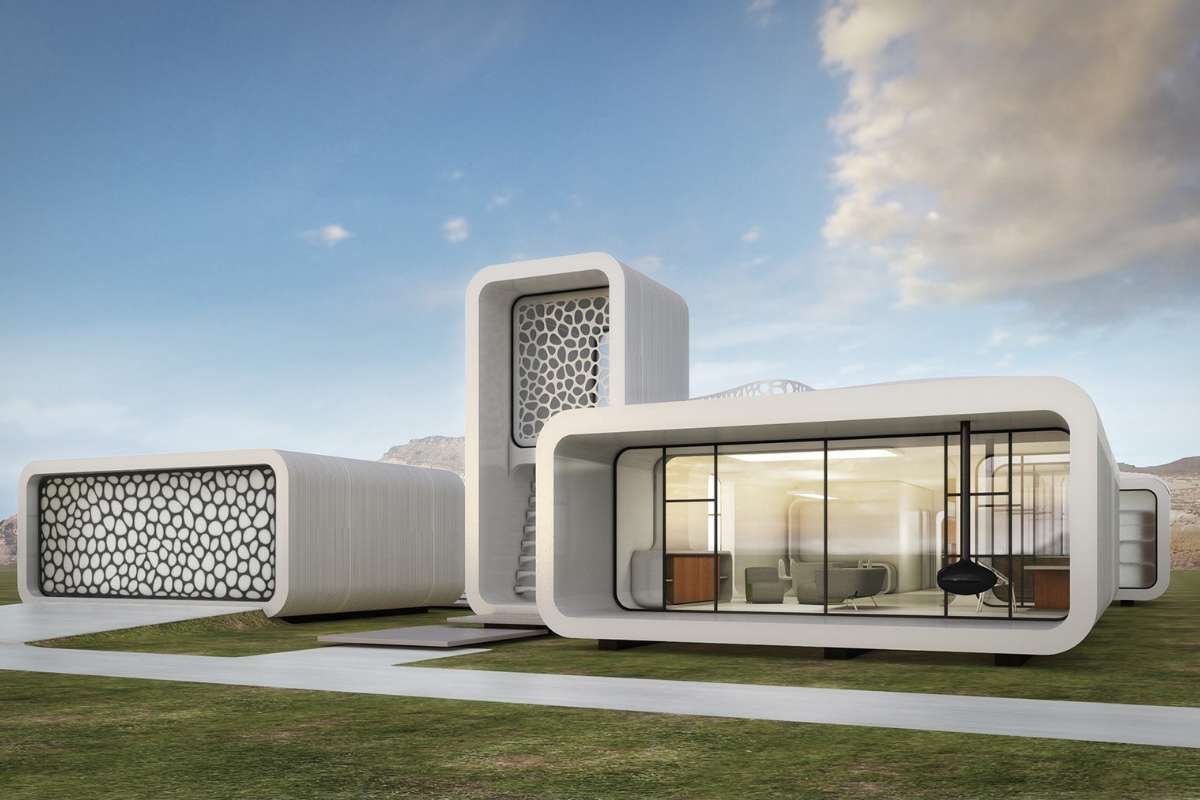
Looking ahead, the future appears bright for the sector. As more 3D construction printing companies refine their technologies, we can expect:
- Smarter Integration with AI and Robotics: Fully automated construction sites where robots and 3D printers collaborate seamlessly.
- Sustainable Materials: Growth in bio-based and recycled materials for truly green buildings.
- Urban Transformation: Affordable, high-quality housing could alleviate urban overcrowding in rapidly growing cities.
- Global Expansion: More governments will adopt policies encouraging 3D-printed housing to meet the demand for infrastructure.
Experts predict that by 2030, 3D printing could account for up to 20% of new construction projects in certain regions. This growth trajectory indicates that what was once an experimental idea is becoming a cornerstone of modern architecture.
Conclusion
The construction industry is at a crossroads. Conventional construction methods have been incredibly effective, but have become slow, expensive, and unsustainable. 3D construction printing companies are now providing options to build faster, cheaper, and more sustainably, and these alternatives could potentially change the way humanity builds. There are uses for 3D printing for everything from affordable housing to building self-sufficient habitats on Mars, and the possibilities of this technology are endless.
As adoption grows, the world could even witness entire cities being built via 3D printing, either partially or fully. Once simply science fiction, it is now a reality that is developing rapidly, one layer at a time.

